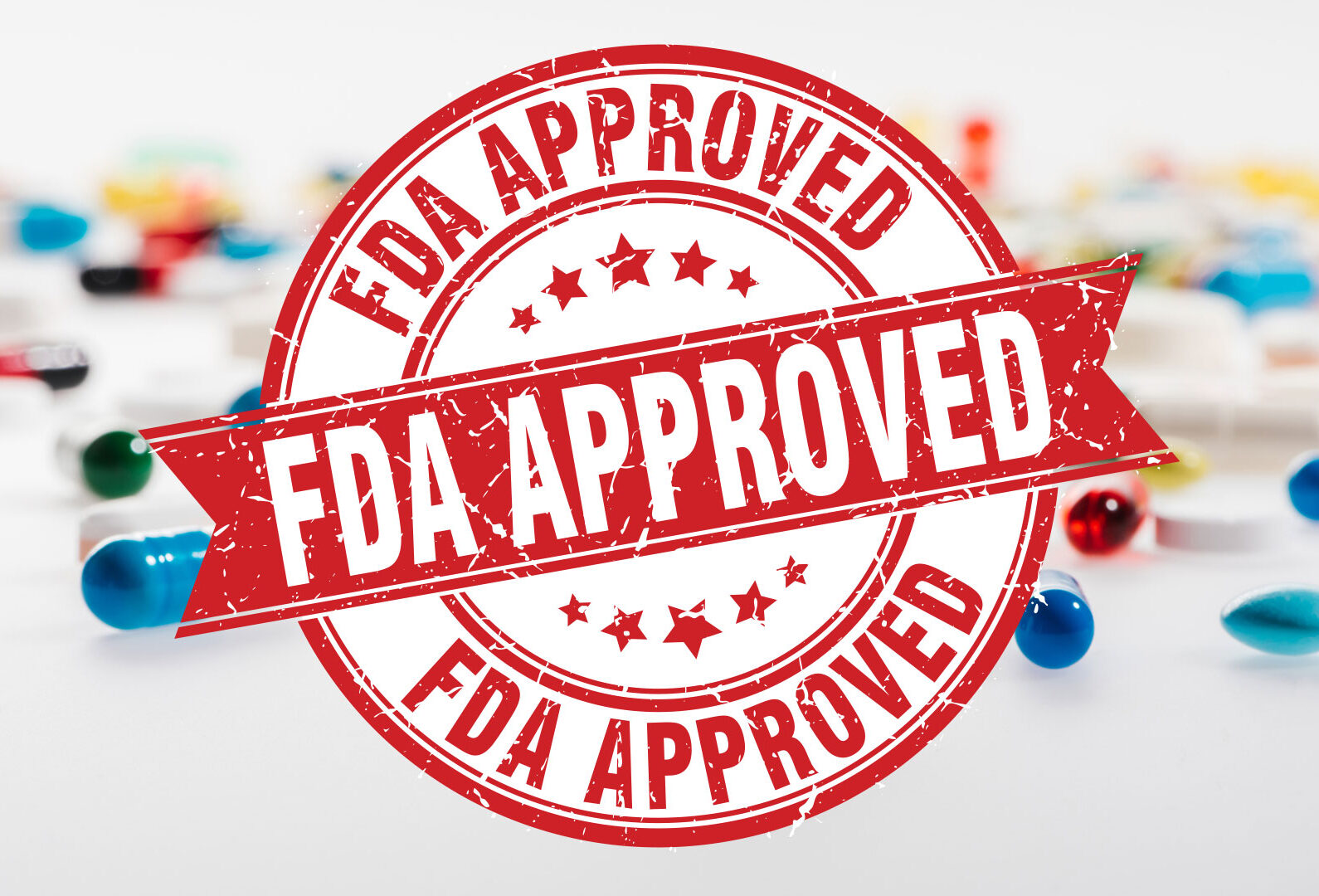On February 11, 2025, the FDA approved the use of brentuximab vedotin (Adcetris, Seagen Inc., a Pfizer subsidiary) in combination with lenalidomide and a rituximab product for adult patients with relapsed or refractory large B-cell lymphoma (LBCL).
This includes diffuse large B-cell lymphoma (DLBCL) not otherwise specified (NOS), DLBCL that has progressed from indolent lymphoma, and high-grade B-cell lymphoma (HGBL).
Approval was based on the ECHELON-3 trial.

Authors: Jeong A Kim, Uwe Hahn, Won-Seog Kim, Isabelle Fleury, Kamel Laribi, Juan Miguel Bergua Burgues, Krimo Bouabdallah, Nick Forward, Fontanet Bijou, David MacDonald, Craig Anthony Portell, Hervé Ghesquieres, Grzegorz S. Nowakowski, Christopher A. Yasenchak, Evelyn Rustia, Michelle Fanale, Fei Jie, and Nancy L. Bartlett
“This is the third Phase 3 study in a type of lymphoma to demonstrate an overall survival benefit for an ADCETRIS combination. Based on the strong results from ECHELON-3, we’re excited that ADCETRIS could address an area of high unmet need in patients with relapsed or refractory DLBCL irrespective of CD30 expression.
The results are particularly encouraging because the study evaluated heavily pre-treated patients, including some who received prior CAR-T therapy.” – Roger Dansey, M.D., Interim Chief Oncology Officer, Pfizer

Efficacy
The trial showed a significant improvement in OS, with a median OS of 13.8 months (95% CI: 10.3–18.8) in the BV+R2 group compared to 8.5 months (95% CI: 5.4–11.7) in the Pbo+R2 group (HR 0.63, 95% CI: 0.45–0.89; p = 0.0085).
Significant improvements were also observed in PFS and ORR. Median PFS was 4.2 months (95% CI: 2.9–7.1) with BV+R2 versus 2.6 months (95% CI: 1.4–3.1) with Pbo+R2 (HR 0.53, 95% CI: 0.38–0.73; p < 0.0001). ORR was higher in the BV+R2 group at 64.3% (95% CI: 54.7–73.1) compared to 41.5% (95% CI: 32.5–51.0) in the Pbo+R2 group.
Adverse Reactions
The most common adverse reactions (≥20%) in the BV+R2 group, excluding lab abnormalities, were fatigue, diarrhea, peripheral neuropathy, rash, pneumonia, and COVID-19 infection.
Grade 3-4 lab abnormalities occurring in over 10% of patients included reductions in neutrophils, lymphocytes, platelets, and hemoglobin. Peripheral neuropathy, primarily sensory, developed or worsened in 27% of patients, leading to dose reductions in 6% and treatment discontinuation in 4.5%.
The recommended dose of brentuximab vedotin is 1.2 mg/kg (up to a maximum of 120 mg) every three weeks in combination with lenalidomide and rituximab until disease progression or unacceptable toxicity.
About Diffuse Large B-cell Lymphoma
Diffuse large B-cell lymphoma (DLBCL) is an aggressive (fast-growing) form of non-Hodgkin lymphoma that affects B-lymphocytes (B-cells), a type of white blood cell. It can present in both nodal and extranodal sites, with common extranodal involvements including the gastrointestinal tract and skin. It is the most common subtype of non-Hodgkin lymphoma, accounting for about 30-40% of newly diagnosed cases in adults.
